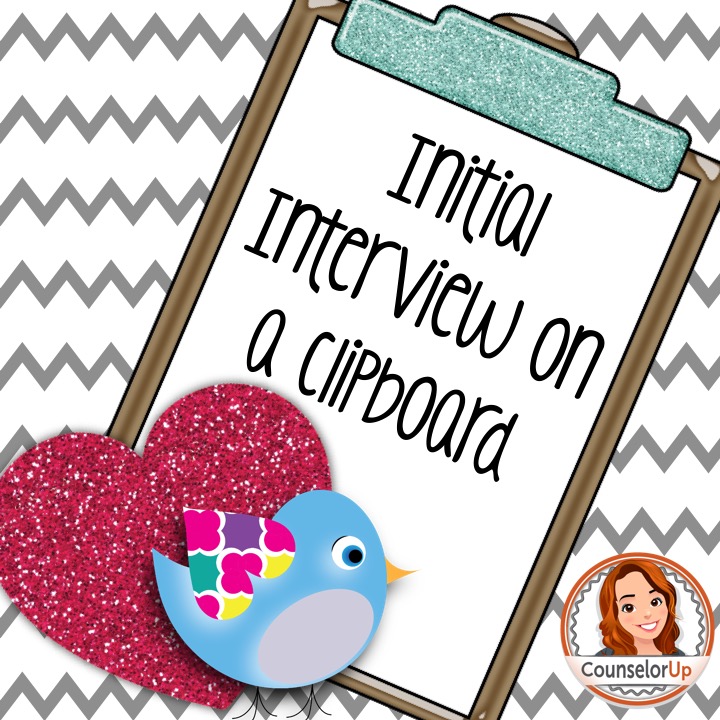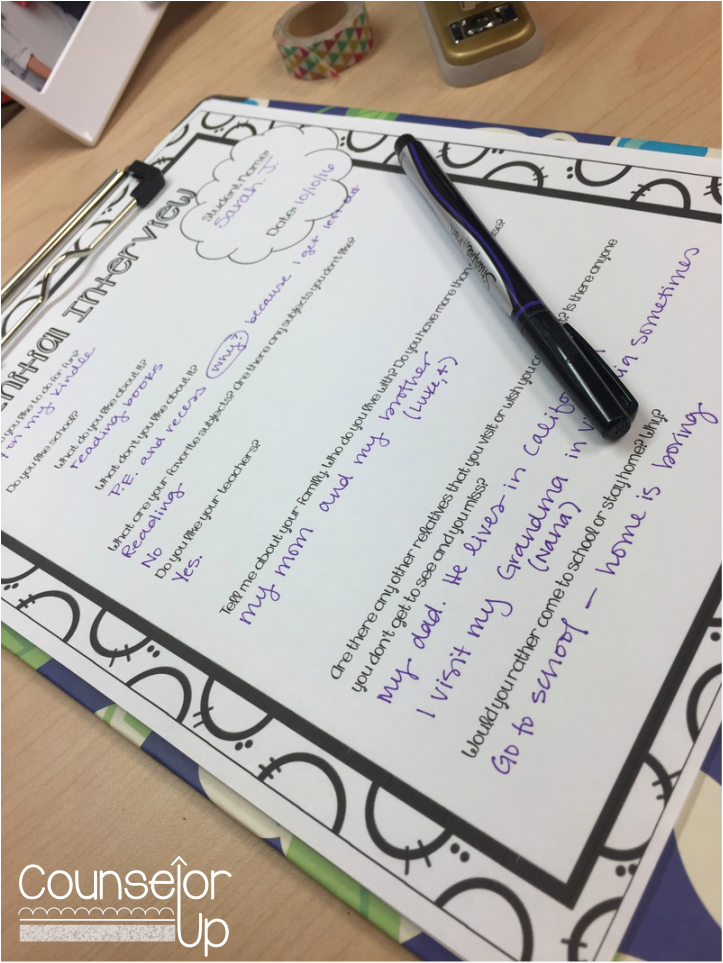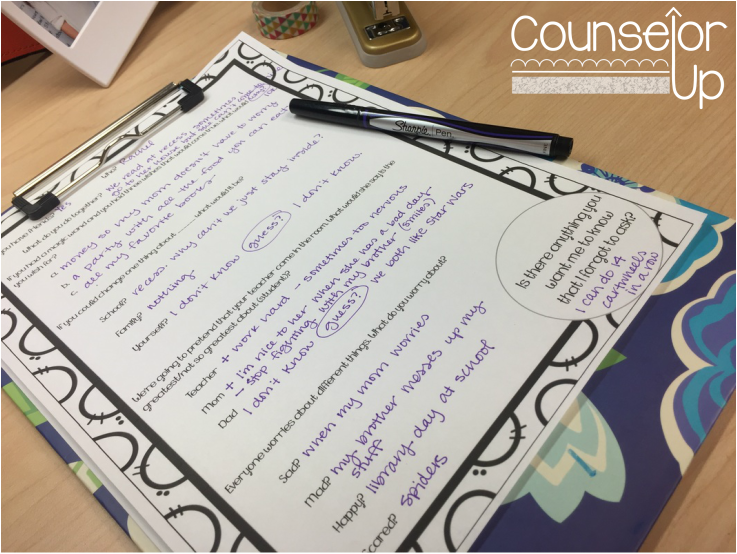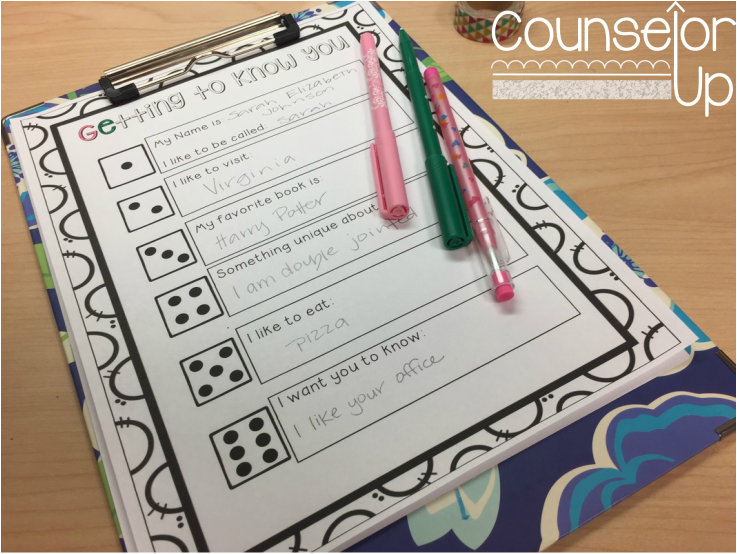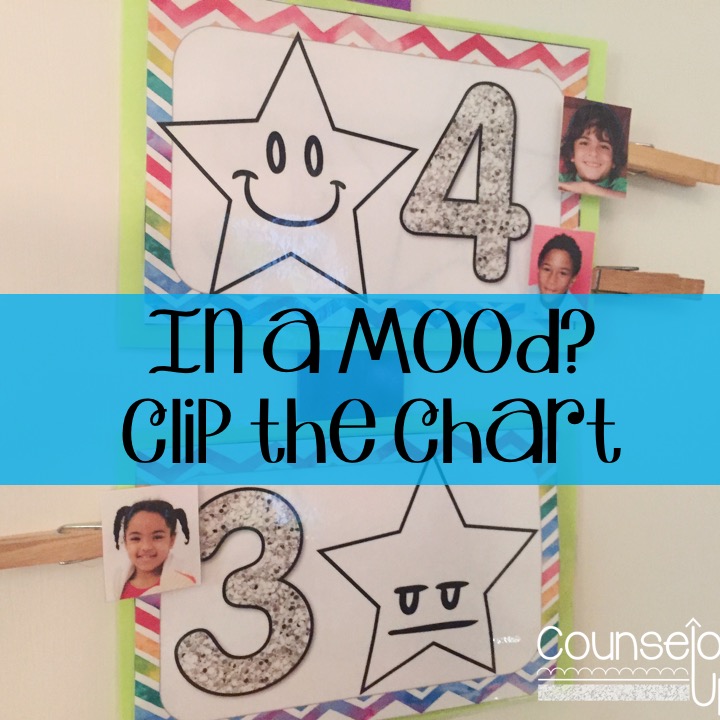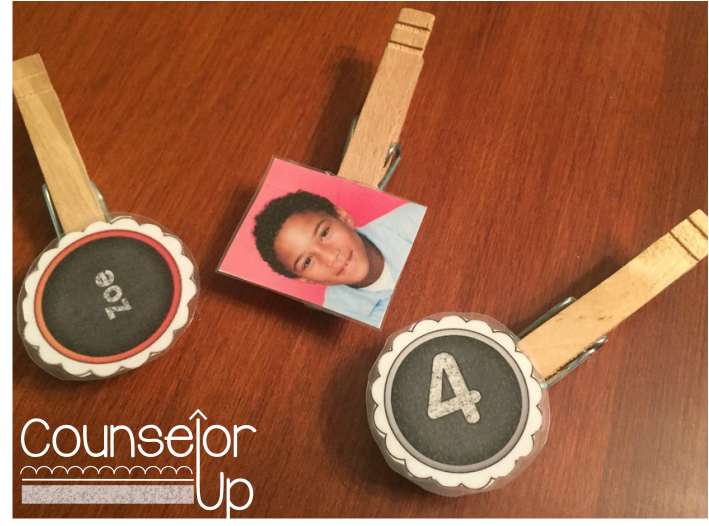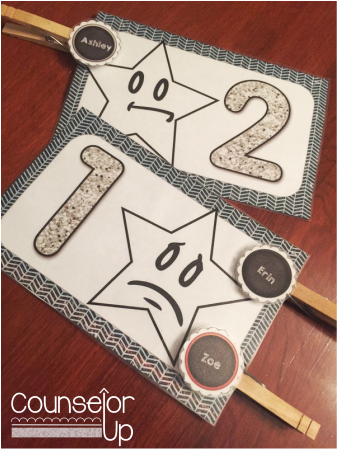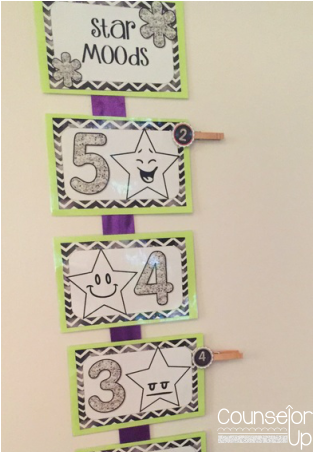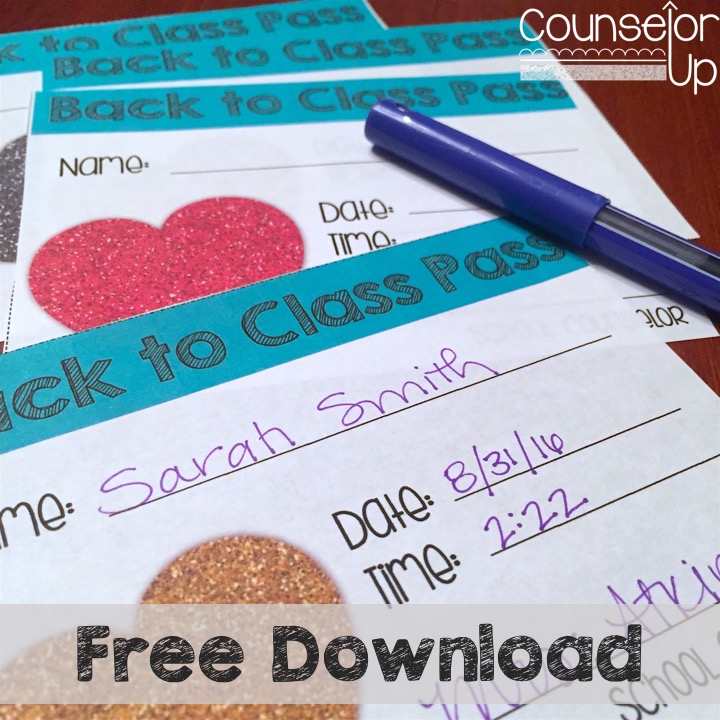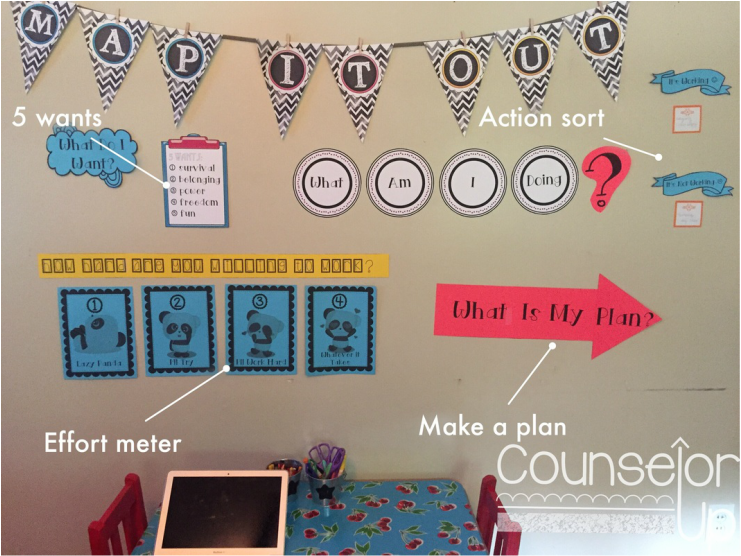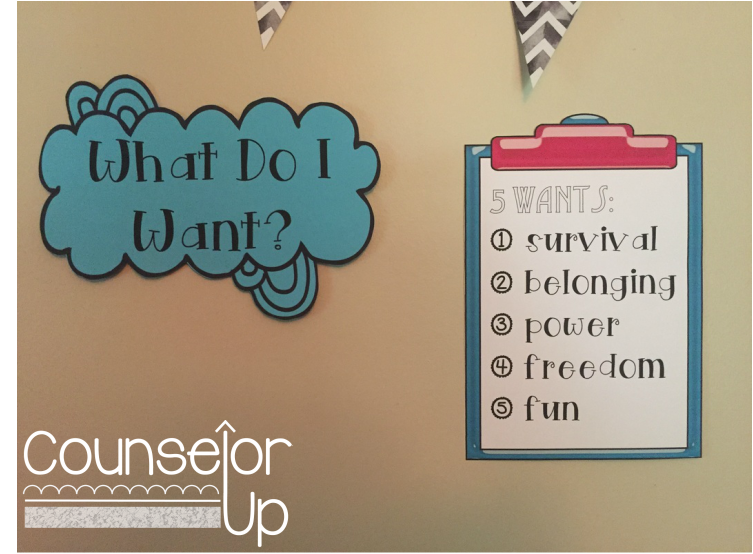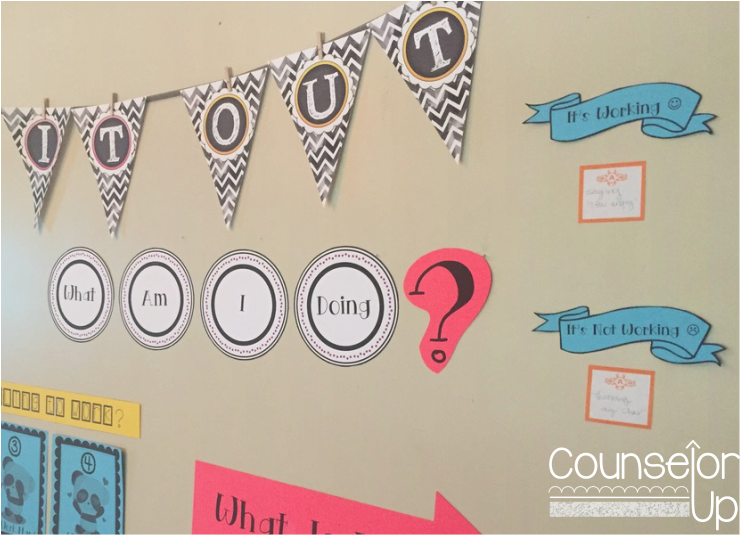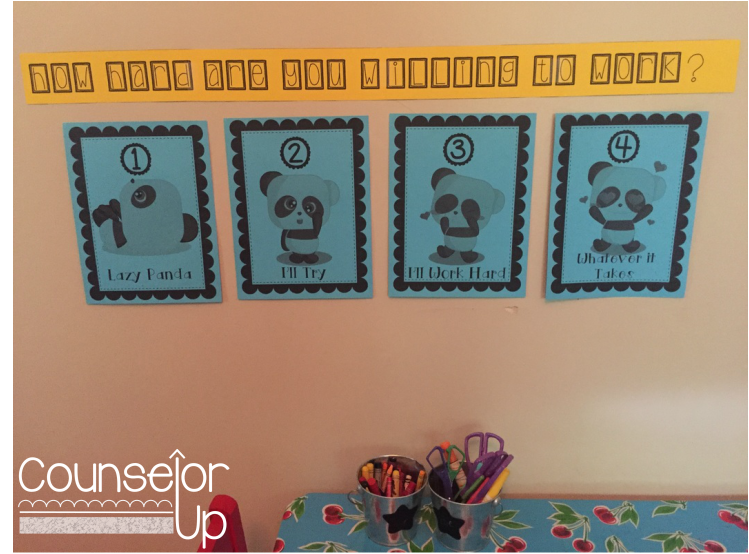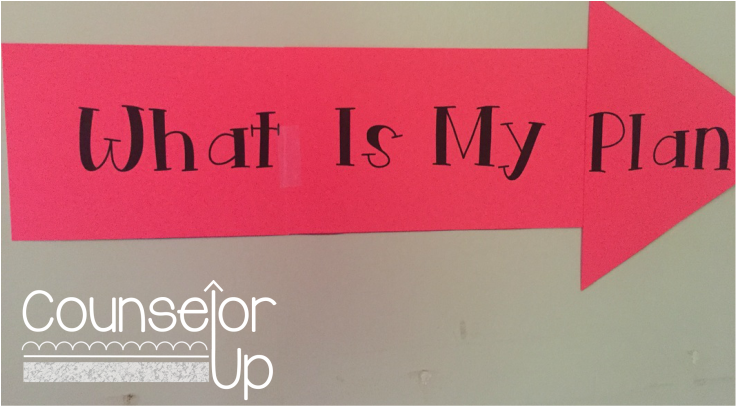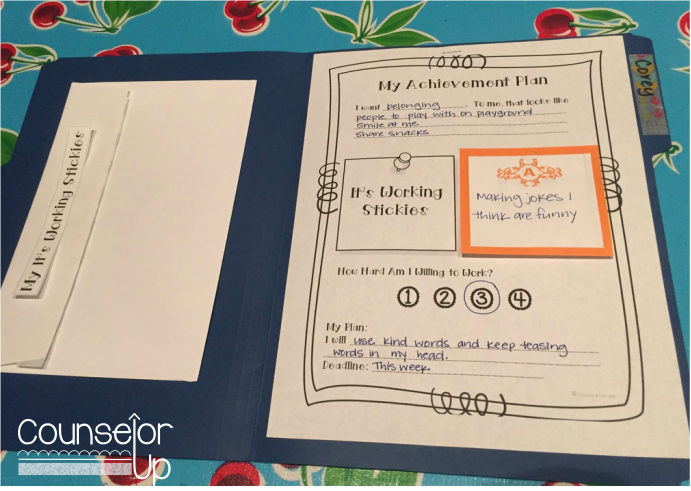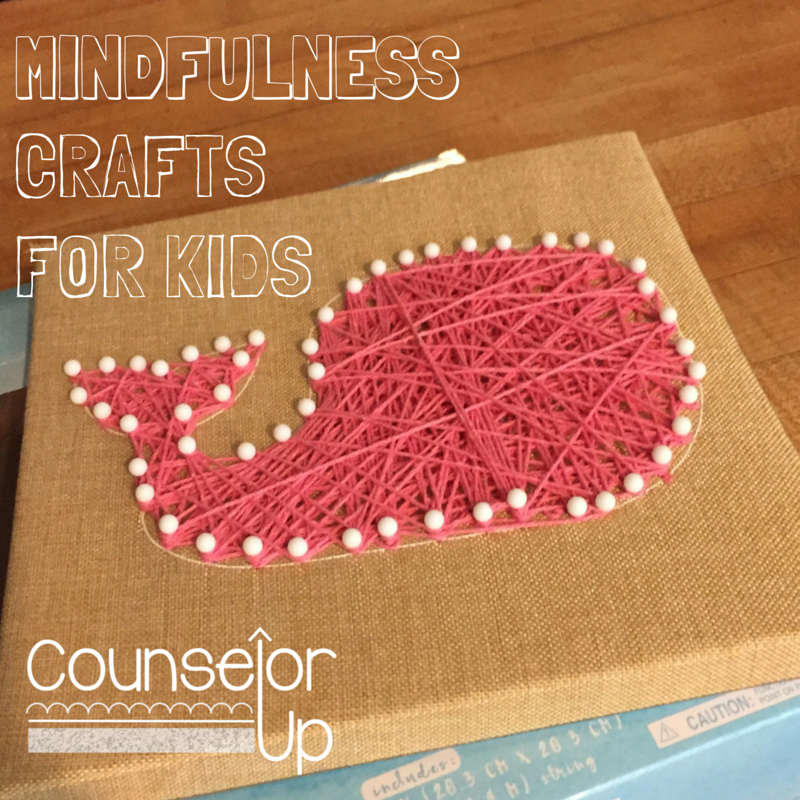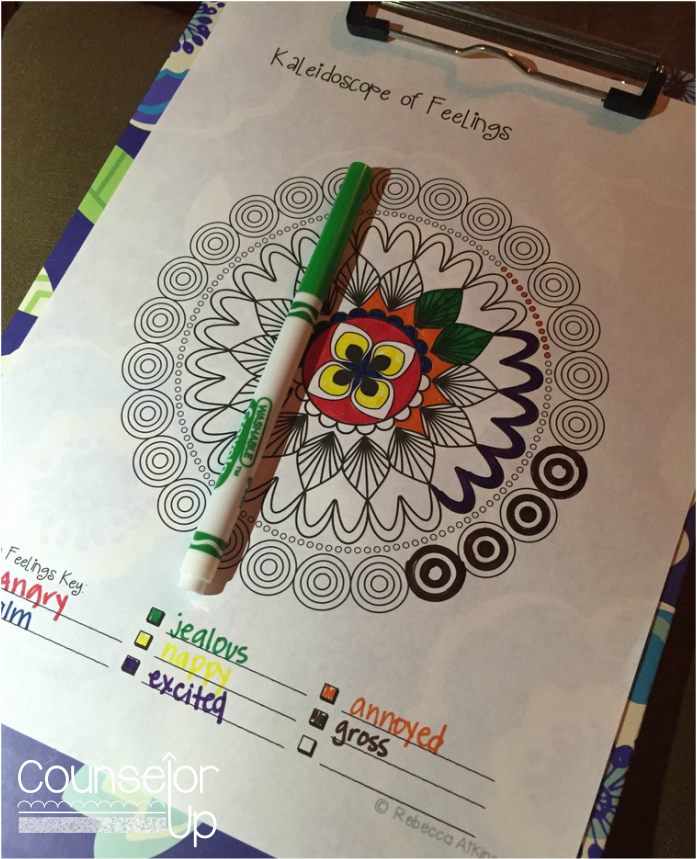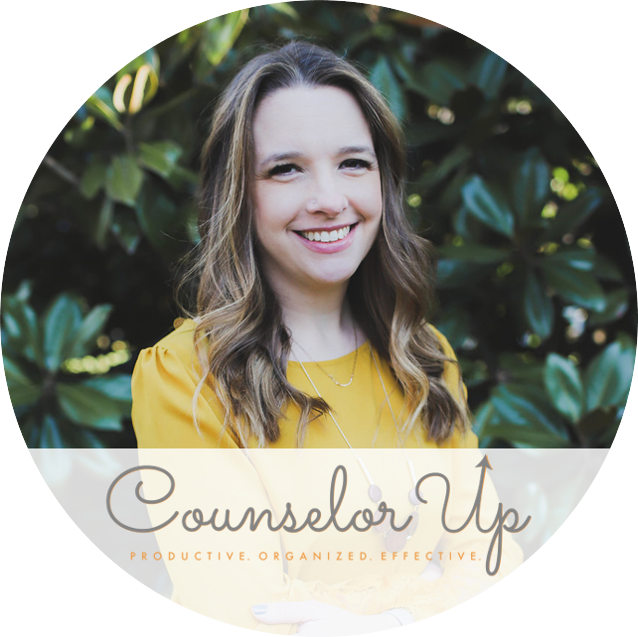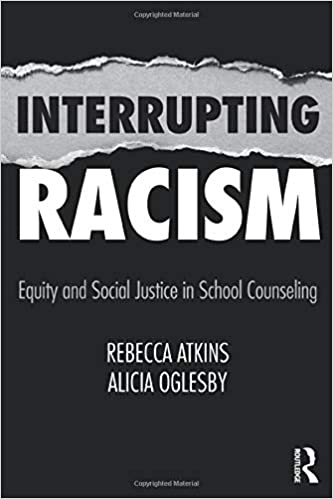- What do you like to do for fun? Play on my kindle.
- Do you like school? yes What do you like about it? reading books What don't you like about it? PE and Recess because I get left out
- What are your favorite subjects? Are there any subjects you don't like? Reading ... No
- Do you like your teachers? Yes
- Tell me about your family? My mom and my brother (Luke, 4)
- Are there any other relatives? My dad. He lives in California. I visit my Grandma in Virginia sometimes.
- Would you rather come to school or stay home? Go to School - home is boring
- Do you have friends? What do you do together? Yes, Rachel. We read at recess. Sometimes I go to her house but she can't come to mine. Why? I don't know.
- If you had a magic wand, what 3 wishes would you wish for? Money so mom doesn't have to worry; a party with all the food you can eat; all my favorite books
- If you could change one thing about:
- School? recess. Why can't we just stay inside?
- Family? nothing
- Yourself? I don't know. Can you guess? I don't know
- We're going to pretend your __________ came in the room? What would they say is the greatest/not so greatest thing about you?
- Teacher? + work hard - sometimes too nervous
- Mom? +I'm nice to her when she has a bad day - stop fighting with my brother (smiles)
- Dad? I don't know Can you guess? We both like star wars.
You are welcome to make your own initial interview using the questions I've listed for you. If you'd like it all created for you with fonts and borders, you can purchase the pages on my Teachers Pay Teachers store. If you would like the solution focused and the initial interviews on a clipboard, I recommend the Individual Counseling Bundle.

